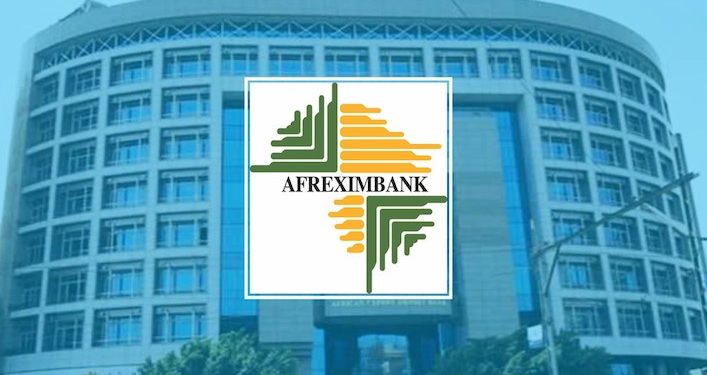Afreximbank to Set up $5bn Textile Hub in Nigeria
The African Export-Import Bank (Afreximbank) will commence construction of a $5 billion integrated textile industrial facility in Nigeria in July this year, as part of a bold continent-wide industrialisation strategy, Benedict Oramah, the outgoing President, announced on Friday.
The facility, to be developed under a partnership between Afreximbank, Arise IIP and Swiss textile equipment manufacturer Reiter, is expected to revive Nigeria’s moribund cotton industry, save the country up to $4.7 billion annually in textile imports, and create up to 250,000 jobs.
“This would be one of the very large textile facilities being developed under a $5 billion partnership… supported by the Swiss Government,” Oramah said in his speech at the bank’s just concluded 32nd Annual Meetings in Abuja.
This landmark project underscores Afreximbank’s deepening focus on industrialisation, which Oramah described as the “cornerstone of Africa’s economic transformation.”
The move also forms part of the bank’s broader ambition to anchor Africa’s trade resilience and self-reliance, following years of foreign dependence that, he argued, have yielded little progress.
Looking ahead, Oramah projected that Afreximbank’s total assets and guarantees—currently at $43.5 billion—could surpass $250 billion in the next decade. “I have no doubt that we would see that… because it is by our owning and controlling a bank of that size that Africa can hope to escape from the shame of poverty and underdevelopment,” he said.
The textile facility announcement was one of several landmark interventions Oramah revealed in what was his final annual address after a decade at the helm. He steps down this weekend as Afreximbank’s third president, having overseen a transformative period for the institution and the continent’s economic infrastructure.
Since assuming office in 2015, Oramah has steered the Cairo-headquartered institution through successive crises—including commodity shocks, COVID-19, the Ukraine war, and an ongoing debt crunch—while doubling down on the bank’s long-term vision of intra-African trade, regional industrialisation, and strategic self-sufficiency.
Under his leadership, Afreximbank disbursed over $155 billion in trade and development finance—$120 billion of it since 2020. The bank’s total assets and guarantees have grown more than eightfold, revenues sevenfold, and net income surged from $125 million in 2015 to nearly $1 billion in 2024. Shareholders’ funds rose from $1 billion to $7.5 billion.
“We have collectively, over the past decade, built a solid financial institution that is good for Global Africa,” Oramah told delegates, including African heads of state, ministers, and central bankers. “I gave the job the best of my energy, intellect, courage and determination.”
Oramah’s signature doctrine of “African best practice” over imported international models featured prominently in his farewell address. He argued that Africa’s persistent poverty, low industrial base, and fragmented markets stem from blindly following policies designed elsewhere.
“Our approach at Afreximbank has been to find an alternative ‘best practice’,” he said. “It is because of the adoption of ‘African Best Practice’ that we have accomplished some impactful interventions.”
Among those were Afreximbank’s $4 billion support for the Dangote Refinery, a $2.9 billion facility for Tanzania’s Rufiji Hydropower Dam, and a $750 million loan that enabled Ghana to secure IMF support.








